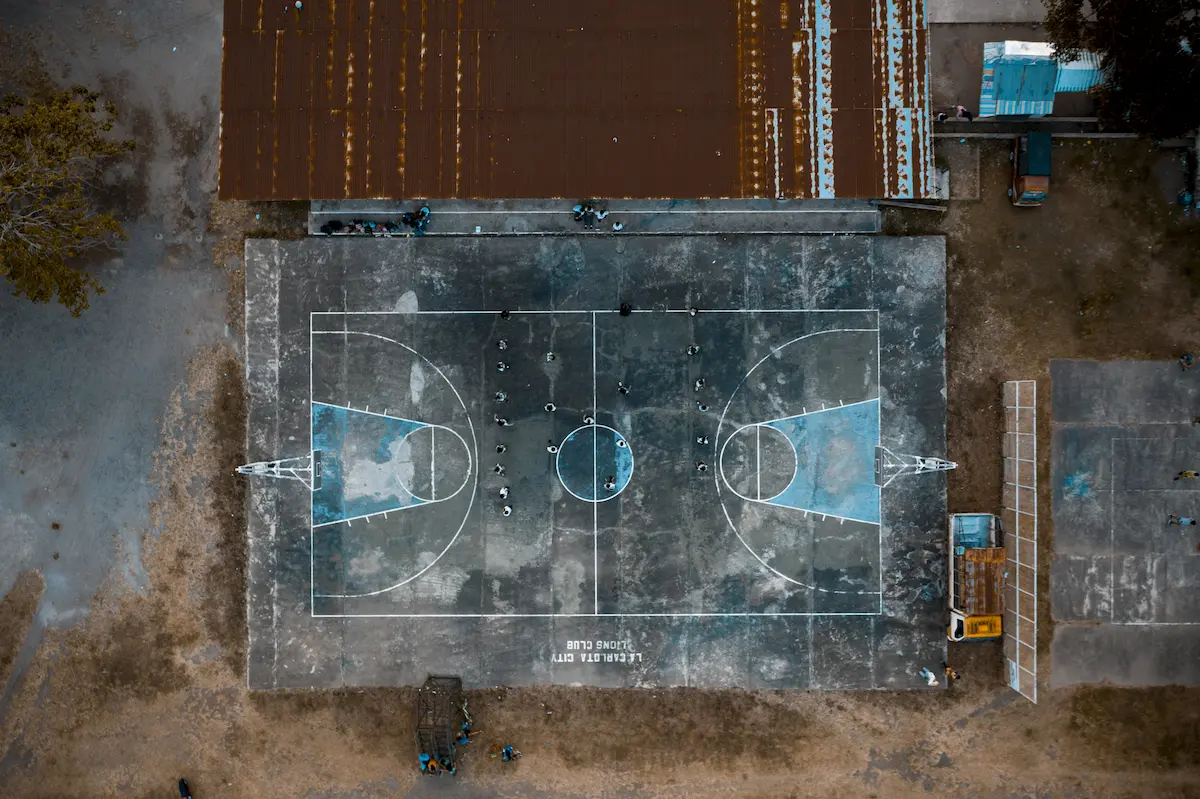Baseball, a sport steeped in tradition, has undergone significant changes in recent years. The
introduction of new rules aims to enhance the fan experience, increase pace of play, and promote
competitive balance. One of the most notable changes is the introduction of a runner on second base in
extra innings. This rule, inspired by international competition and minor league baseball, aims to create
more scoring opportunities and reduce the number of prolonged extra-inning games.
The strategy behind this rule is to put pressure on the opposing team's pitching staff and force them to
make crucial decisions. While some fans appreciate the added excitement, others argue that it alters the
fundamental nature of the game. Players must adapt their approach, considering the new dynamics of extra
innings. Managers must strategize around the inherited runner, making decisions on defensive positioning
and pitching choices.
Another significant change is the implementation of a pitch clock. Pitchers now have 20 seconds to throw
their next pitch with no runners on base and 30 seconds with runners on. This rule aims to reduce downtime
between pitches, making the game more engaging for fans. However, some players argue that the clock
restricts their ability to focus on the game, leading to mental fatigue and decreased performance.
The limitation on pickoff attempts is another significant change. Pitchers can now attempt to pick off a
base runner only twice per plate appearance. If the runner is not caught off base, the pitcher must throw
a pitch to the batter. This rule aims to prevent pitchers from wasting time and energy on excessive
pickoff attempts. While this rule may seem minor, it has significant implications for pitchers and base
runners.
Other new rules include a three-batter minimum, expanded playoffs, and the adoption of the designated
hitter in the National League. The three-batter minimum reduces the number of pitching changes and
promotes pace of play. The expanded playoffs provide additional opportunities for teams to compete and
increase fan engagement. The designated hitter rule in the National League aligns with the American
League, impacting lineup construction and strategic decisions.
The new rules have sparked a mix of reactions from fans and players. Some appreciate the increased pace
of play and excitement, while others feel that the changes alter the game's essence. Fans enjoy the
thrilling moments created by the runner on second base in extra innings and the pitch clock. The faster
games due to the pitch clock and three-batter minimum make the sport more appealing to a younger audience.
Players must adapt to the new rules, considering factors like defensive positioning, pitching choices,
and base running strategies. The pitch clock and pickoff attempt limitations add to the mental and
physical pressures of the game. As baseball continues to evolve, it's essential to balance tradition with
innovation. The new rules aim to enhance the fan experience, promote competitive balance, and attract a
new generation of fans.
While some changes may take time to adjust to, they ultimately contribute to the game's growth and
relevance. As the sport continues to adapt, one thing remains constant - the passion and dedication of
fans and players alike. The future of baseball looks bright, with a renewed focus on excitement, pace, and
competitive balance.
.webp)

.webp)





.webp)